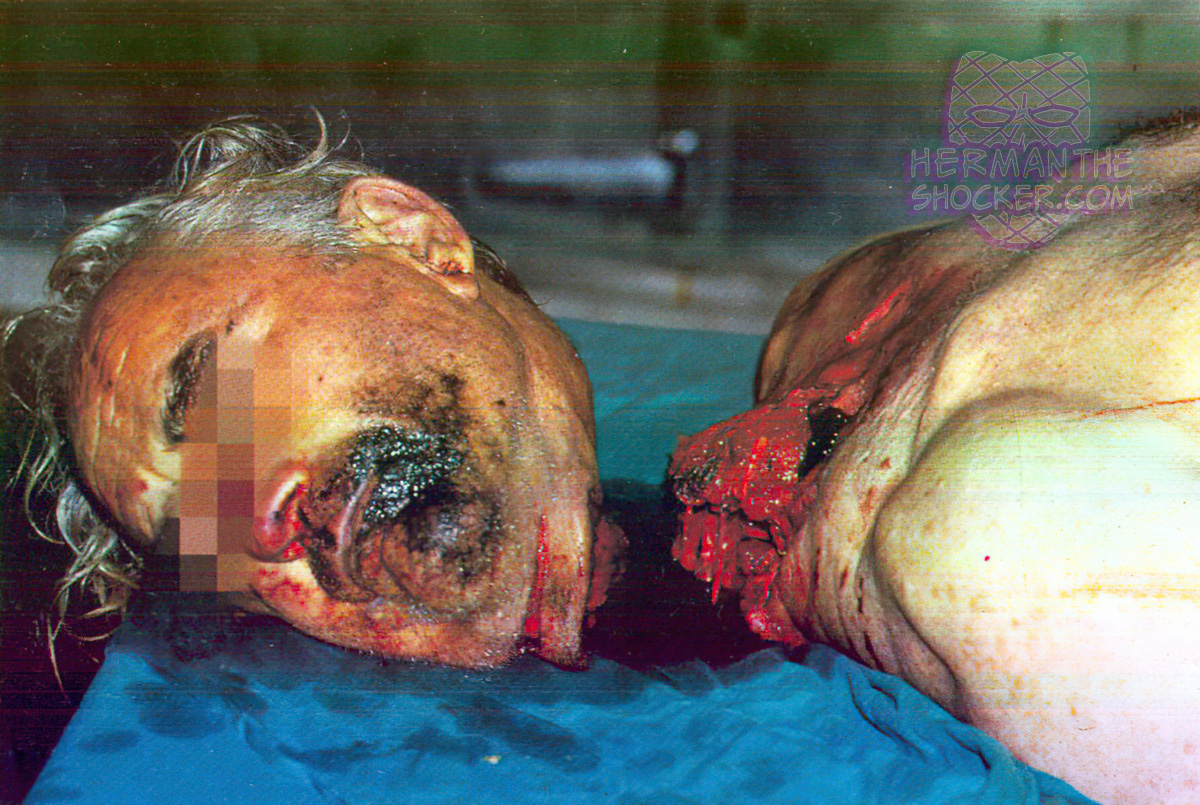Spain. Decapitation of the head from a train suicide. Train suicides often result in severe and fatal injuries due to the immense speed and weight of trains. Decapitation can occur, but it depends on the impact’s dynamics, including the train’s speed and the position of the individual. Other common outcomes include dismemberment and extensive trauma to the body. The injuries are almost always catastrophic and immediately fatal. Additionally, train engineers and witnesses are often deeply affected by such incidents, highlighting their broader emotional and societal impacts. Safety measures, mental health support, and suicide prevention initiatives aim to reduce these tragedies.
Latest posts

Dismembered torso in a homicide case. The severed neck of a dismembered torso must be inspected carefully for…







